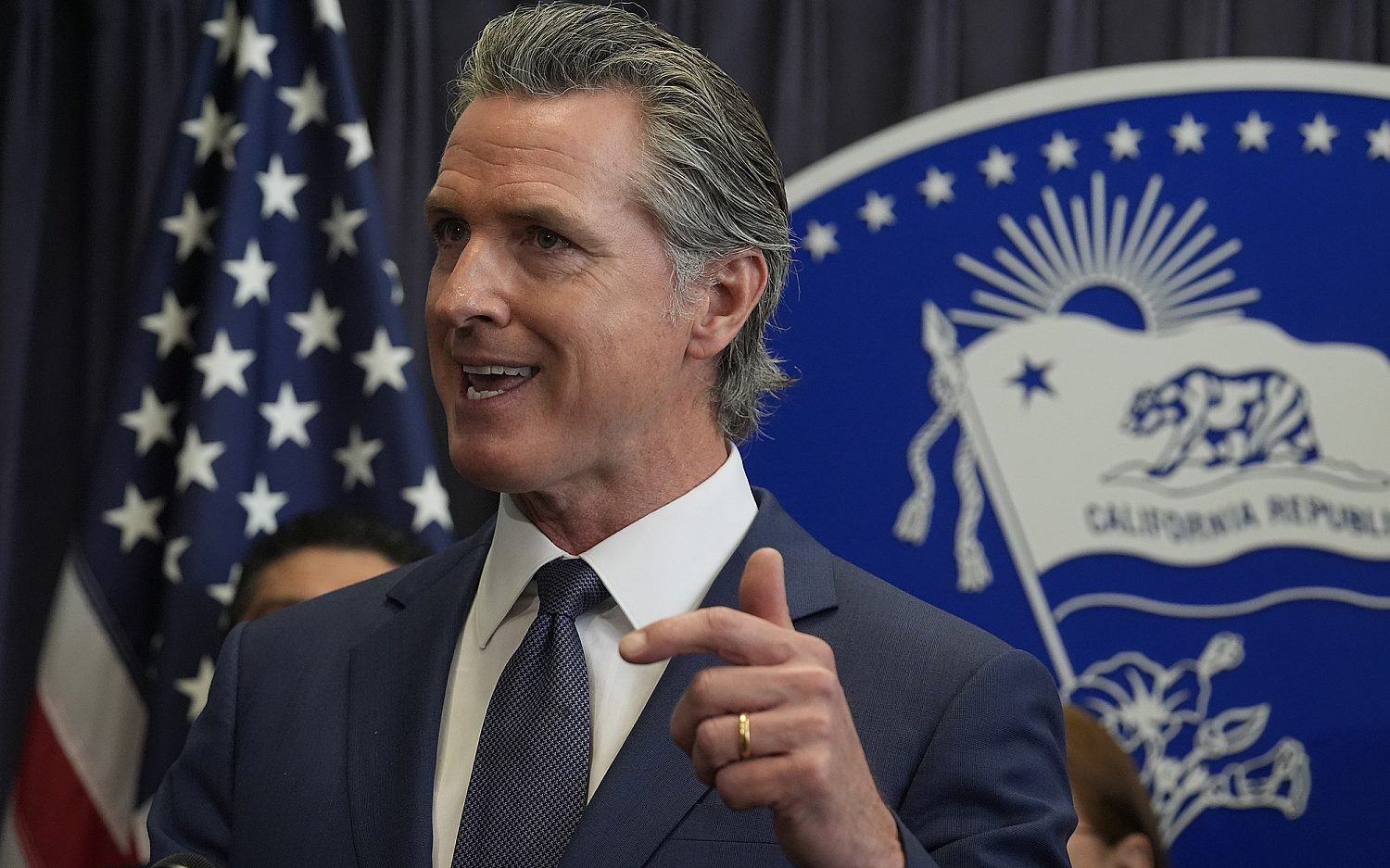Insurers just say no to medical marijuana coverage
The medical marijuana high that users object to most is the high cost. A one-month supply can set patients back as much as $1,000 and is not covered by any insurance plan, including Obamacare.
Insurers are facing mounting pressure from patients and advocacy groups such as Americans for Safe Access (ASA) to extend coverage for the drug. Even though insurance companies are notorious for delaying approval of new treatments and balking at expensive ones, they are in a real bind when it comes to marijuana.
Lacking FDA approval, marijuana remains a Schedule I controlled substance along with heroin, LSD, and ecstasy—all considered to have high abuse potential and no legitimate medical use. In 2011, the Drug Enforcement Administration (DEA) denied a request to reclassify the drug, following an evaluation by the Department of Health and Human Services.
Non-FDA approved drugs are rarely covered by insurance, and Schedule I drugs are never covered. To change FDA classification and approval could take years and millions of dollars to meet the FDA “safe and effective” standard. In addition, insurers have not seen enough evidence that marijuana is safe and more effective than other treatments, said Susan Pisano, a spokeswoman for America’s Health Insurance Plans, an industry trade group.
And then there are the legal issues: It is still a federal crime to possess marijuana for any reason unless you are one of the few authorized researchers allowed to use the plants grown on the federal government’s only legal marijuana farm, in Mississippi.
Voters in 21 states have approved medicinal marijuana for pain management, glaucoma, seizure control, appetite stimulation, and to combat nausea in cancer patients. The current U.S. Justice Department seems to be turning a blind eye, but insurance companies are not jumping on the cannabis band wagon.
The Wisconsin legislature rushed approval of cannabis oil, which contains a non-intoxicating marijuana component, as an edible anti-seizure treatment earlier this month. But the new law came too late for 7-year-old Lydia Schaeffer, who died of a seizure in her sleep at her Burlington home on Sunday.
Lydia’s mother, Sally Schaeffer, led the charge to get the bill passed. “I think that’s what bothers me about Lydia’s death,” Schaeffer told the Milwaukee Journal Sentinel. “I wanted to show people that despite all her illnesses and her odds, I was going to make it happen. Part of me feels like such a failure that I couldn’t do it for her. I couldn’t make her live.”
Cannabis was a legal medicine in the United States until 1946. In 1937, Congress passed the first federal law against the drug, despite doctors’ objections. “The American Medical Association knows of no evidence that marijuana is a dangerous drug,” Dr. William C. Woodward, then testifying on behalf of the organiation, told Congress. He also warned that a prohibition “loses sight of the fact that future investigation may show that there are substantial medical uses for Cannabis.”
The Associated Press contributed to this report.
An actual newsletter worth subscribing to instead of just a collection of links. —Adam
Sign up to receive The Sift email newsletter each weekday morning for the latest headlines from WORLD’s breaking news team.




Please wait while we load the latest comments...
Comments
Please register, subscribe, or log in to comment on this article.